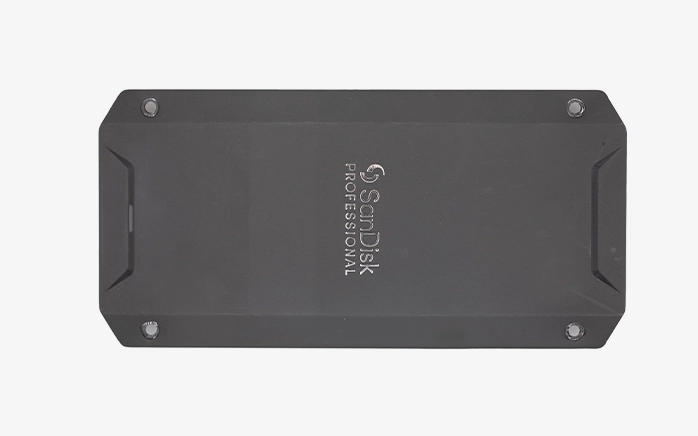Redundant Array of Independent Disks (RAID) is a widely used data storage system known for its reliability, often employed by businesses and individuals to safeguard essential data. Among the different RAID configurations, RAID 5 stands out for its ability to balance performance, fault tolerance, and storage efficiency by using distributed parity. However, despite these strengths, RAID arrays are not immune to failures, and recovering data from them—especially from a failed RAID 5 configuration—can be challenging.
In this article, we’ll share insights from a real-life RAID 5 recovery case and provide useful information on how to approach data recovery when things go wrong.
Background: A Complex RAID 5 Failure Case
RAID recovery cases are known to be complex and tricky, often requiring the expertise of professionals with years of experience. One of our most challenging recovery cases involved a RAID 5 configuration that experienced a significant failure.
Our client noticed that one of the drives in the RAID 5 array had failed. Thinking the solution was simple, they replaced the failed drive with a new one. However, the array did not rebuild, and the files remained inaccessible. This is a common mistake among users—assuming the RAID will automatically reconstruct itself and resume normal operation after a single-drive replacement.
The failure to rebuild the array left our client concerned about the potential loss of crucial data, prompting them to seek professional help.
Challenges of RAID 5 Data Recovery
RAID 5 relies on distributed parity to provide redundancy. If a single drive fails, the remaining drives can reconstruct the data using parity information. However, if the system is not properly rebuilt—or if users inadvertently cause corruption during replacement attempts—data recovery becomes much more difficult.
Additionally, RAID 5 data recovery is complex for several reasons:
- Failure of one or more drives can complicate the reconstruction process.
- Controller failures or human errors during replacement can cause logical corruption.
- Operation errors, such as forcefully initializing or rebuilding the array, may result in further damage to the RAID volume.
Despite the challenges, our engineers took on the task with confidence and developed a recovery plan.
The RAID 5 Data Recovery Process: Step-by-Step
Evaluation and Initial Inspection
Upon receiving the RAID 5 array at our lab, we conducted a thorough technical inspection. The assessment revealed severe corruption in the RAID volume, which had rendered the files inaccessible. Despite the challenges, our engineers calculated that 98% of the data was recoverable.
Service Options and Client Agreement
We communicated the findings to the client, explaining the possible outcomes and the effort required to attempt recovery. After discussing the available service options, the client agreed to proceed with the recovery process.
The Causes of RAID 5 Failures
RAID 5 failures can occur for various reasons, including:
- Single drive failure: One drive failure usually triggers the rebuild process.
- Multiple drive failures: If more than one drive fails, the array becomes unreadable.
- Controller or software issues: Even without drive failures, controller malfunctions or operational errors can cause array corruption.
Results: A Successful Recovery Against the Odds
Using advanced tools and techniques, our engineers performed a sector-by-sector reconstruction of the RAID 5 volume. Despite the complexity, they successfully accessed the data and recovered almost all of the files.
The recovery process took several days of meticulous work. After completing the recovery, we verified the integrity of the recovered files and transferred them to a new storage medium. The client was thrilled with the outcome, as they had initially believed most of the data was lost beyond recovery.
Key Takeaways: Best Practices for RAID 5 Failures
- Avoid DIY Repairs: Attempting to replace failed drives yourself may worsen the situation.
- Consult a Professional: Contact a data recovery expert at the first sign of RAID issues.
- Handle with Care: Power down the RAID and avoid further actions until recovery is attempted.
- Backup Regularly: Always maintain a current backup to prevent catastrophic data loss.
Contact Us for RAID Recovery Solutions
RAID 5 recovery is a complex task that requires expertise and specialized tools. If you’re facing similar challenges, don’t hesitate to reach out to us. Our experienced engineers are equipped to handle even the most difficult data loss scenarios.


